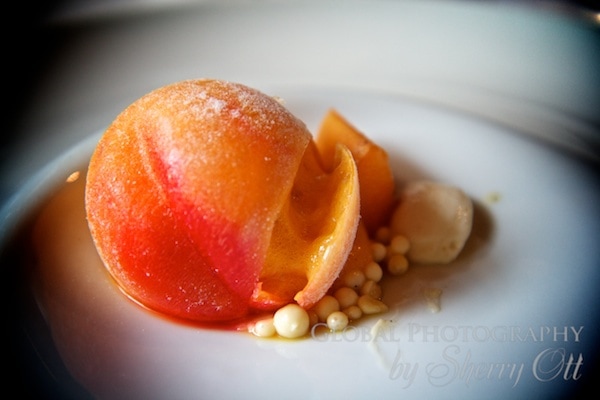First a bit about how restaurants are rated in the professional realm. There are two majorly significant rankings that are relatively well known: the michelin star system as well as the annual World's 50 Best Restaurants ranking. Michelin stars are probably one of the most highly coveted awards a restaurant can get, with three Michelin stars being the highest one restaurant can receive. In 2012, only 106 restaurants in the world received a three Michelin star designation.
The Celler de Can Roca is a Spanish restaurant owned by three brothers who are the chef, manager, and sommelier. The Celler opened in 1983 near the bar of their parents and since that year, the Cellar has grown into a giant restaurant with three Michelin stars. The original purpose of El Celler was to create a restaurant's research, and has been at the front of the molecular gastronomy movement. The brothers have experimented with things like the olfactory sensations and gases with flavors to create a unique experience. In 2012, El Celler de Can Roca was named the second best restaurant in the world. Using techniques like blowing sugar to create peach like spheres, they are at the forefront of the gastronomic world.
 |
| This is not a peach. It is sugar blown like glass to create a unique shape that mimics a peach or nectarine |
Another restaurant in Spain called Arzak has been rising in the culinary world. Arzak recently was named the 8th best restaurant in the world, and aims to transform traditional basque food from the northern region of Spain using molecular gastronomy. An example below is their soft boiled egg with gelatin caviar:
 |
| The white is an egg that was cooked sous vide so that the white of the egg firms up while the yolk is liquid |
 |
| The broken egg white |
These are only a few of the many amazing examples of molecular gastronomy in the culinary industry! Not quite for the home chef, but still fun to look at!

